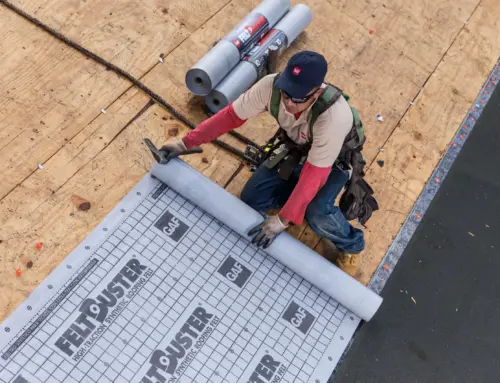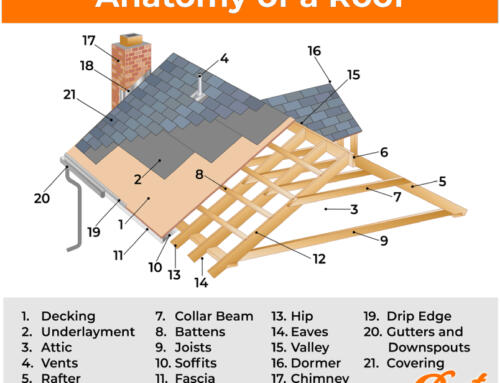What’s the distinction between a great rooftop design and an awful rooftop design?
An awful roofing design will have poor adjustment to building guidelines. It will most likely be unable to oppose elevate powers. It will spill vitality because of poor protection, and you will be compelled to spend more cash to warmth and cool the structure. Between steady fixes and expanded vitality costs, you’ll spend more cash keeping up the roof than you did on its underlying development.
Listen to this—there are for the most part results of inadequately enhanced rooftop design. How would you get these design imperfections before they’re exemplified in pressed wood and film—and before they begin costing you cash?
Deciphering Design Intent
Nobody embarks to design an awful roof (accepting you’ve enlisted a trustworthy draftsman). Issues happen when a draftsman collects a lot of plans that are mistaking for contractual workers to pursue. On the off chance that a draftsman doesn’t utilize a 3D model or neglects to determine materials, at that point temporary workers will be compelled to utilize their own elucidation. This may bring about a contractual worker taking alternate ways or utilizing a liberal elucidation of the plans—coming about in an ineffectively upgraded roof.
Employing a roofing advisor as a go between your roofing temporary worker and your engineer is an incredible method to guarantee that your roof gets finished to your prerequisites. The roofing advisor knows about neighborhood codes, knows the most ideal materials for the activity, and can make up for varieties, for example, temperature and season—that may require an adjustment in your roofing design.
Including Safety Features
Indeed, even a “decent” design will require normal roofing reviews once finished. Industry guidelines propose that you should lead a business roofing examination at any rate two times per year as a matter of course—once in the spring and once in the fall, before increasingly outrageous climate gets the opportunity to do its work. What’s more, you ought to investigate for harm after any outrageous climate occasion—wind, hail, snow, and so on.
Adding security highlights to your roof takes into consideration two positive results. In the first place, on the off chance that you have security includes on your roof and your laborers are prepared in their utilization, you’ll have the option to shield them from mishaps, and you’ll be more averse to be discovered at risk if a mishap happens. Second, your roof will be shielded from your laborers—laborers will be more averse to harm films and protection in the event that they have a spot to stroll on other than the roof surface itself.
Introducing walkways and access stages on your roof will enable your laborers to cross the outside of your roof during a roofing examination without harming the outside of the roof itself. What’s more, these highlights will help fulfill new OSHA security guidelines that command guardrails for laborers working inside six feet of a roof edge.
Expanding Functionality
In conclusion, all things considered, you will put a specific measure of hardware over your roof. Funnels, links, HVAC hardware, sun powered boards, and other capital gear are for the most part regularly found on business roofs. This gear needs customary investigation and upkeep—and it’s likewise vital for this hardware to be kept off the rooftop during its ordinary activity.
For instance, putting electrical links in a raised link plate bodes well for more than one reason. Initially, keeping the majority of your links in a similar unpleasant area bodes well from a hierarchical viewpoint. They’re simpler to review in the event that they’re all in a similar spot.
Second, there’s a security thought. On the off chance that a link builds up a deficiency, you would prefer not to have it legitimately in contact with the roof surface—else, you’ll risk an electrical flame. You need pipe underpins for a similar reason. You don’t need spilling water, wastewater, or synthetic compounds in direct contact with your roofing film.
Set Your Roof Design with Mountain Reach Systems/Design
At Mountain Reach Roofing, we work with you to ensure that your roofing designs are protected, very much advanced, and up to code. Since no roofing design is finished without wellbeing highlights, we’ll work with you to make a coordinated arrangement of walkways and supports that will give you a chance to deal with your roof securely, without including abundance weight. Moreover, we offer rooftop assessment benefits that help you affirm that your roof is and will stay safe. Get in touch with us today for more data!





